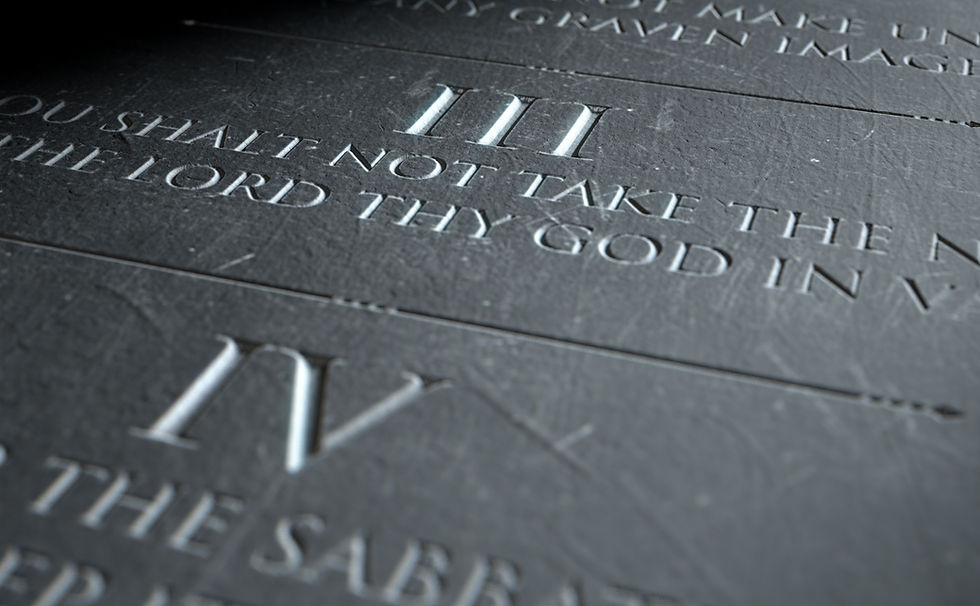Success in Improving School Safety: What Still Needs to Be Done
- Griffin Saltron

- Dec 20, 2023
- 3 min read

School safety became a key issue in the 88th Legislative Session as a result of the Robb Elementary School shooting, which claimed the lives of two teachers and 19 students in Uvalde, TX in May of 2022. Unlike past responses to gun violence, attention focused on the failure of law enforcement to protect the lives of those students and teachers. The tragedy brought into question the training of law enforcement and the security of K-12 institutions.
The After-Action Report (AAR) for the shooting, conducted by The Advanced Law Enforcement Rapid Response Training (ALERRT) Center, revealed a number of key issues that led to the tragic outcomes in Uvalde. These included an unacceptable period of time between the initial arrival of law enforcement and their making contact with the shooter. Another issue was an unlocked door that was previously held open by a rock, through which the shooter was able to enter. Advanced recognition and resolution of these issues could have stopped the shooter or minimized the loss of life through the course of the incident.
The work done by ALERRT prompted the Texas Conservative Coalition Research Institute (TCCRI) to produce policy recommendations to make schools safer. The approach TCCRI took was one that focused specifically on the mitigation, preparedness, and response to K-12 mass shootings. Finding these immediate solutions was the goal of TCCRI’s Policy White Paper, A Conservative Approach to Improving School Safety.
This white paper's recommendations utilized the approaches of target hardening schools and creating specific training for law enforcement and K-12 education personnel. Of the nine recommendations proposed, seven passed into law during the 88th Legislative Session. These included many of the provisions of House Bill 3, such as the implementation of a school safety and risk assessment system, target hardening through the utilization of armed security, and the appointment of an appropriate body to review technology which can increase situational awareness for first responders. Other successful recommendations include the implementation of Silent Panic Alert Technology (Senate Bill 838) and a new requirement for active shooter training for law enforcement (Senate Bill 1852).
In the fourth called special session, the Governor sought to continue the progress made in school safety by calling upon the legislature to pass legislation related to school safety measures and state funding mechanisms. During the special session, the legislature, through House Bill 2 and House Joint Resolution 1, proposed multiple grant programs and a constitutional amendment related to improving school safety. The passage of these bills would have created a dedicated fund to assist school districts and charter schools in the Texas’ goal of keeping students safe. The passage of these bills would have also assisted in ensuring that the hard-fought wins of regular session can be implemented in classrooms across the state. Unfortunately, HB 2 and HJR 1 failed to become law. The legislature should, upon its next meeting, pass bills similar to HB 2 and HJR 1 to ensure that there is ongoing funding for school safety in Texas.
The failures of the Robb Elementary School shooting response appear to have resulted from a lack of command structure during the incident. This can be addressed through legislation by requiring that the fundamental concepts of the FEMA-developed incident command system (ICS) and unified command (UC) be implemented into future training for active shooter scenarios. The state should set minimum standards for school districts and police departments conducting active shooter training and exercises. Lastly, the state should inform teachers and administrators of what training is specifically available to them and provide funding as necessary to ensure those interested can receive the training. TCCRI recommended these additional reforms in A Conservative Approach to Improving School Safety.










